 On this day - 105 years ago - the world's first power-driven heavier-than-air machine in which man made free, controlled and sustained flight lifted off its starting block on the beach at Kitty Hawk, North Carolina and stayed in the air for twelve seconds.
On this day - 105 years ago - the world's first power-driven heavier-than-air machine in which man made free, controlled and sustained flight lifted off its starting block on the beach at Kitty Hawk, North Carolina and stayed in the air for twelve seconds.Even though this might not be seen as much these days, it is the moment that historians around the world recognise as the first engine-powered flight and therefore the birthday of modern air transport as well as military air power.

 The world's first ever pilot on that historic December 17th, 1903 was Orville Wright (left), who - together with his older brother Wilbur (photo right) - developed and built the famous flying machine they named the Wright Flyer I (photo above).
The world's first ever pilot on that historic December 17th, 1903 was Orville Wright (left), who - together with his older brother Wilbur (photo right) - developed and built the famous flying machine they named the Wright Flyer I (photo above).It was by far not the first flying machine they had developed and constructed, but the first with an engine. Previously the brothers had built and flown a number of gliders and were among only a handful of people who achieved successful glider flights during the last years of the 19th century.
The most famous of their 'rivals' was the German engineer and flying pioneer Otto Lilienthal, who - after a number of successful short flights - was killed in 1896 when his glider malfunctioned and fell out of the sky.
The news of Lilienthal's death is said to have inspired the Wright brothers to build a more stable and controlable flying machine, one that would be steered and was powered by an engine.
 After several failed attempts their Wright Flyer I was eventually ready in December of 1903. (By the way, it still exists and can be seen - well preserved - on display at the Smithsonian Institute in Washington, D.C. - see photo left)
After several failed attempts their Wright Flyer I was eventually ready in December of 1903. (By the way, it still exists and can be seen - well preserved - on display at the Smithsonian Institute in Washington, D.C. - see photo left)Within the twelve seconds it stayed airborne, the brothers claimed an everlasting place in world history.
Many good books have been written about the Wrights, and I recommend to read at least one of them. Here I can only mention the fact of their first flight, but not give a full historical account. (If I would attempt that, it would well break the frame of a weblog post... so you better get yourself one of these books.)
However, I would like to mention one element in the brothers' lives which is rarely reflected on. Both were brilliant engineers and built printing presses and bicycles before they turned their attention to flying.
But both never married. When asked about this matter by a reporter, Wilbur Wright once replied rather witty that he "could not support a wife and a flying machine".
Somehow I can understand why he preferred the flying machine...
The Emerald Islander


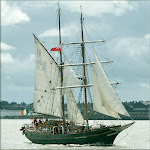

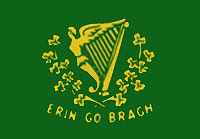





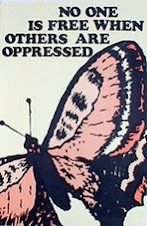






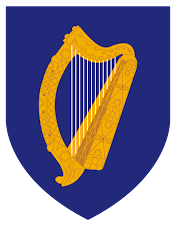






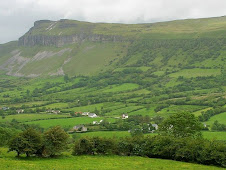
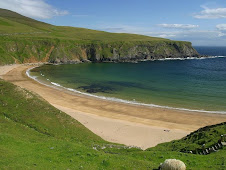













No comments:
Post a Comment